Straw bale gardening is an ideal way to overcome nutrient-limited soil. Like other forms of raised-bed gardening, straw bale gardening lets you control the nutrients in your soil.
Straw bale gardening utilizes straw bales in place of other types of containers and is a low-maintenance, eco-friendly way to grow plants. Straw bale gardens consist of a few straw bales placed next to each other (generally arranged in a rectangle or square) to make accessing the garden beds easier.
When you plant in straw bales, the material slowly breaks down, and provides your plants with beneficial nutrients to support their growth. Bales are a dual-purpose growing medium that creates a place for your plants to grow while delivering nutrients as a compostable substance.
In addition to providing you with a nutrient-dense growing medium, straw bale gardening allows you to extend the growing season — thanks to straw’s insulating properties and propensity to heat up faster than other materials. The best plants for straw bales gardens are heat-loving plants.
- Strawberries
- Tomatoes
- Eggplant
- Peppers
- Potatoes
- Garlic
- Kale
- Annual Herbs
- Beans
- Annual Flowers
- Squash
- Asian Vegetables
That said, just about anything will grow well in a straw bale garden with the exception of plants that produce top-heavy vegetation (e.g., corn). If you plan to plant anything that grows upward, use appropriate support structures to prevent them from toppling. Read on to learn more about different straw bale garden plants, and get started with your own all-natural raised beds.
Strawberries
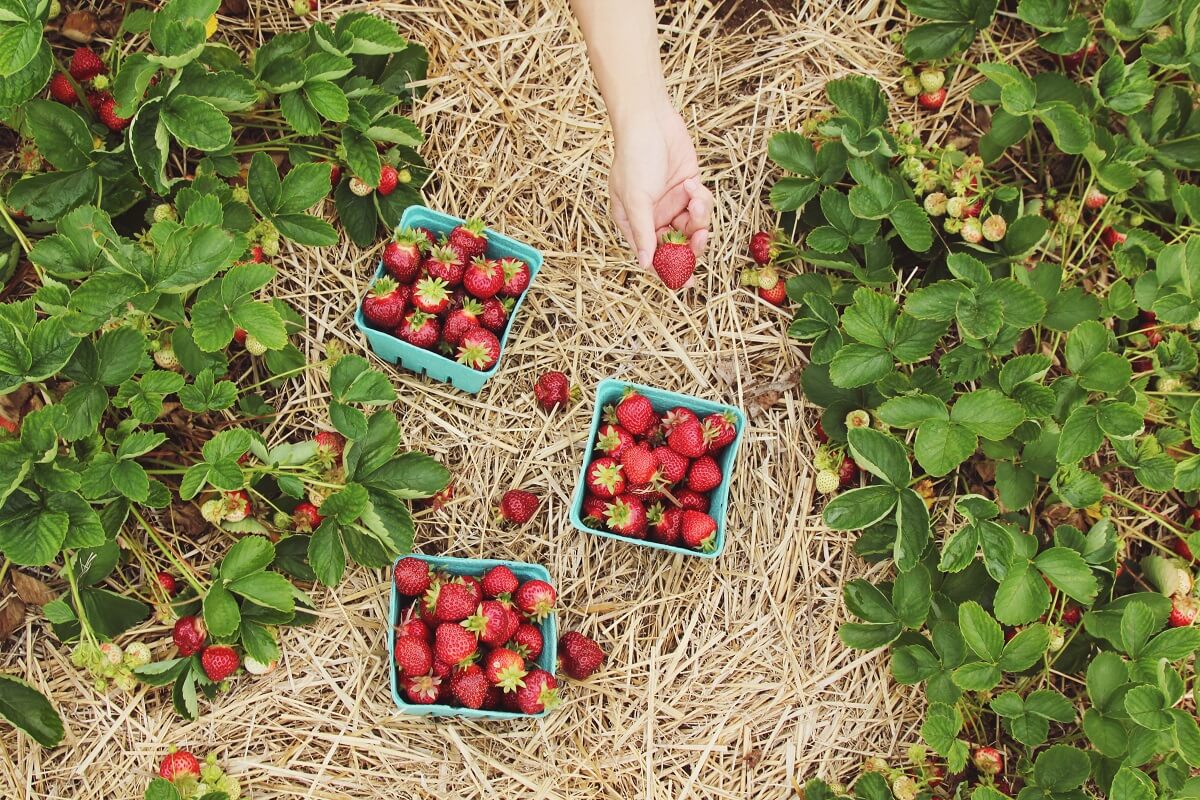
- Soil: Well-drained, fertile soil
- Water: Water to keep the soil moist but avoid overwatering
- Sun: Full sun
While I mentioned perennials are a no-no for temporary straw bale beds, I’ve included strawberries as the exception. Strawberries are relatively prolific, so keeping them relegated to a spot in your bale garden prevents them from growing like crazy everywhere else. Strawberries thrive in warm weather and won’t survive a frost, but they’ll return next year since they’re a perennial.
Tomatoes
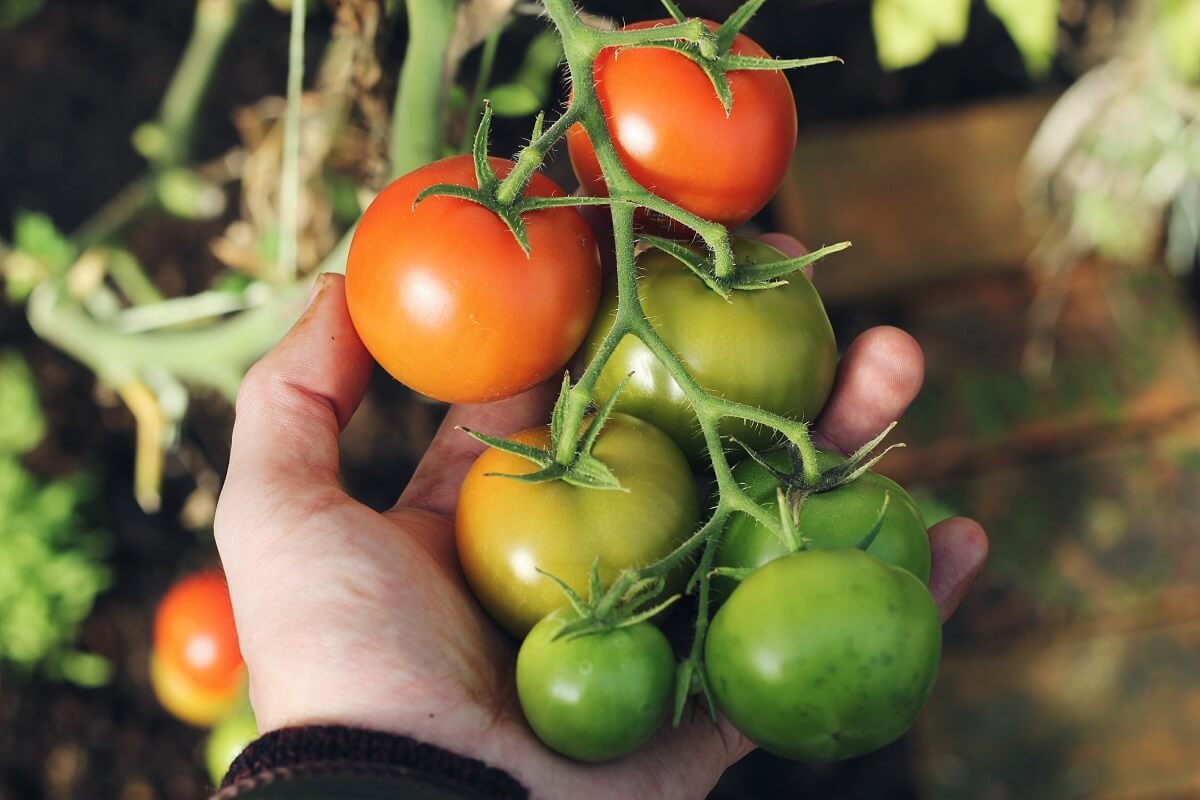
- Soil: Slightly acidic, fertile soil
- Water: Keep well watered, avoid random bursts of watering to prevent splitting, cracking, and blossom end rot
- Sun: Full sun
The tomato is one of the most popular edible garden plants, and I still can’t wrap my head around it. Sure, tomatoes are great, but they require a fair bit of effort if you live in a place with short summers.
Related Post: Growing Tomatoes
Still, they’re an excellent choice for the straw bale garden as long as you keep them well watered. Tomatoes love warm weather, though if it’s too hot, they may experience blossom drop.
Eggplant
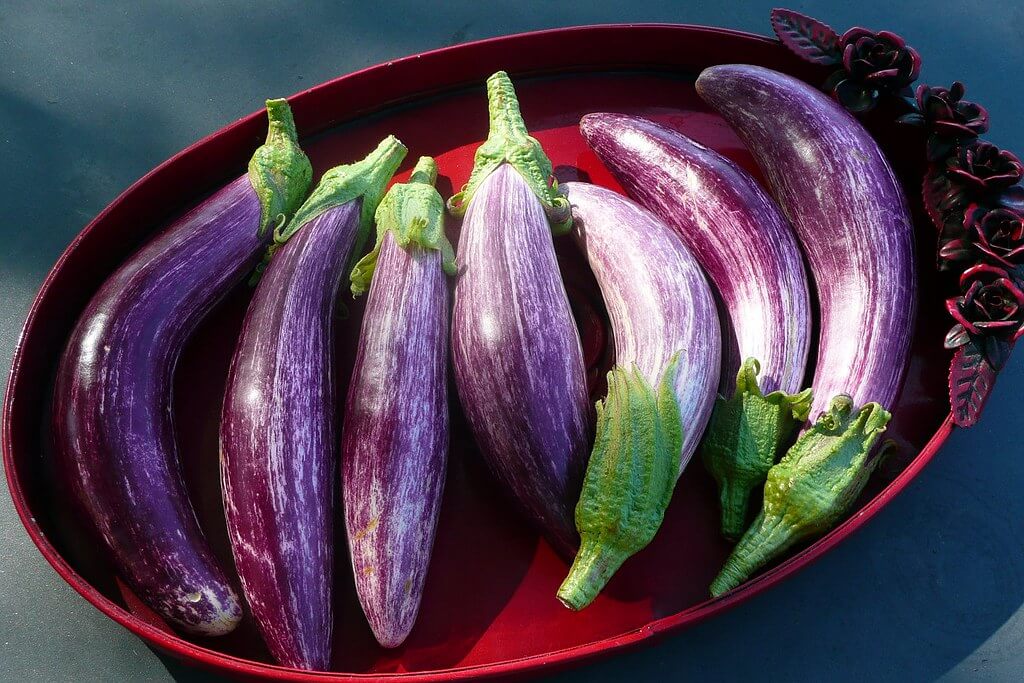
- Soil: Phosphorous and calcium are vital for healthy eggplant
- Water: Water regularly
- Sun: Full sun
My favorite warm-weather plant also happens to be the most challenging to grow, mainly because of its sensitivity to temperature swings. In straw bales, your heat-loving eggplants will stay nice and warm.
Pepper
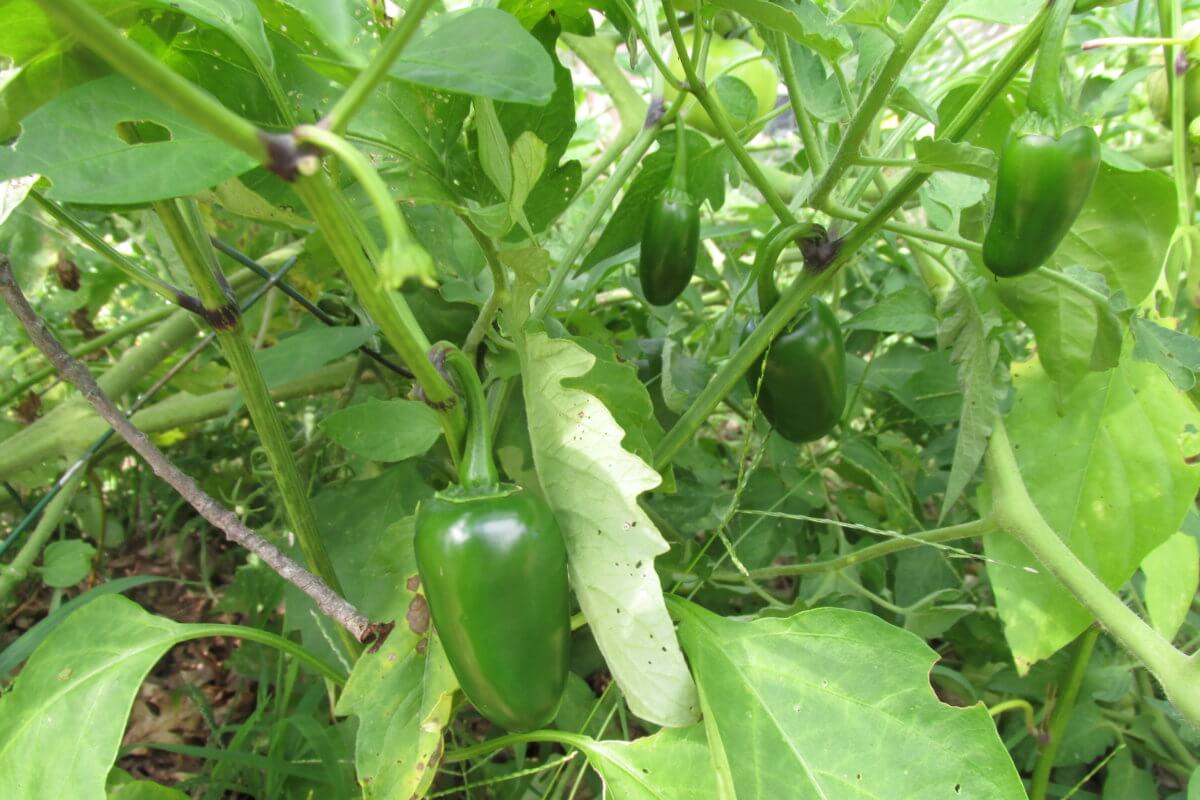
- Soil: Same as eggplant
- Water: Peppers can handle drought but grow best if regularly watered
- Sun: Full sun
Feeling hot, hot, hot? I love peppers because of the amazing variety that can be grown. Choose from super-hot and extra mild peps and pick from several shapes, sizes, and colors.
Related Post: Growing Peppers
Peppers love the heat and will quickly lose their vigor in chilly weather (and die if exposed to frost).
Potatoes
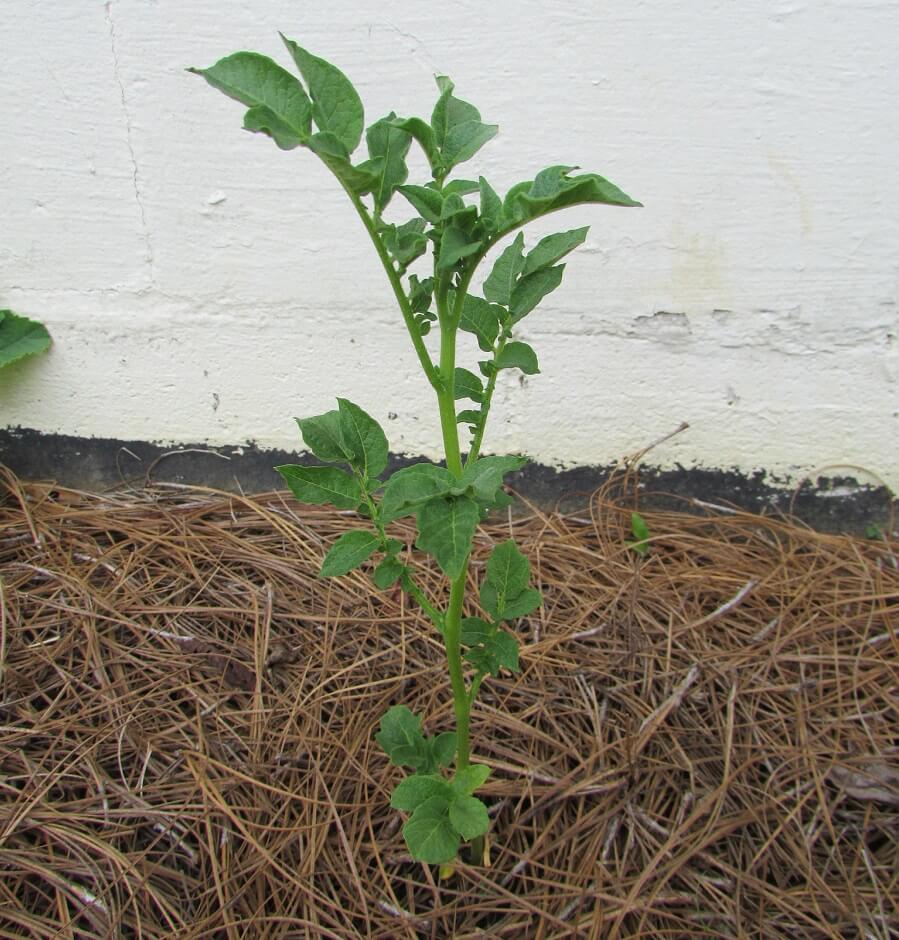
- Soil: Potatoes prefer slightly acidic soil
- Water: Water well without soaking to prevent rot
- Sun: Full sun but tolerates some shade
Have you ever tasted a garden-fresh potato? There’s nothing like it. Potatoes do better planted separately from other plants which makes them the perfect choice for straw bale gardening. The temperature required for potatoes depends on the variety.
Garlic
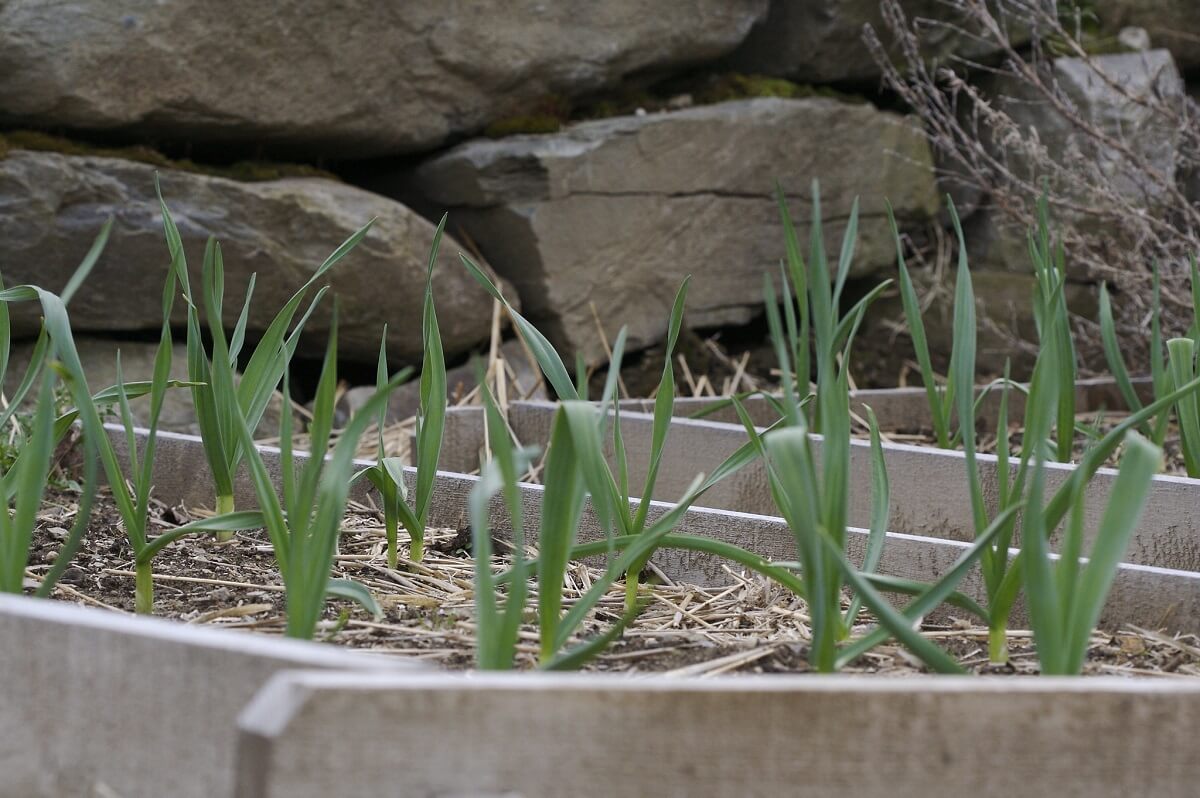
- Soil: Fertile, well-drained soil
- Water: In the summer, water regularly
- Sun: Full sun
Did you know that garlic is so sought after that it’s sometimes STOLEN? It’s true. Recently in Quebec, there were multiple thefts involving crops of garlic. Don’t worry, though. If you grow some in your garden, chances are no one will come to snatch up your bulbs. Garlic is best planted in the fall for a summer harvest.
Kale
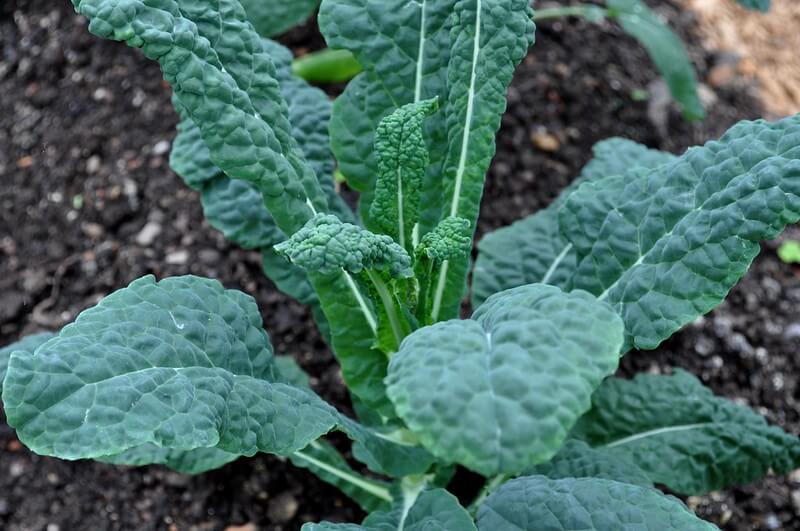
- Soil: Doesn’t matter much as long as fertilized throughout the season — especially if harvesting a single plant multiple times
- Water: Water this thirsty plant regularly
- Sun: Full sun and tolerates shade
I recently read a piece about how kale is going out of style and is no longer the trendy vegetable it once was.
Related Post: Growing Kale
I’m okay with that, as long as that means it’s cheaper to buy seeds and grab it in the grocery store. I can’t get enough of roasted kale. Kale thrives during the cool seasons and tastes better after a frost.
Annual Herbs
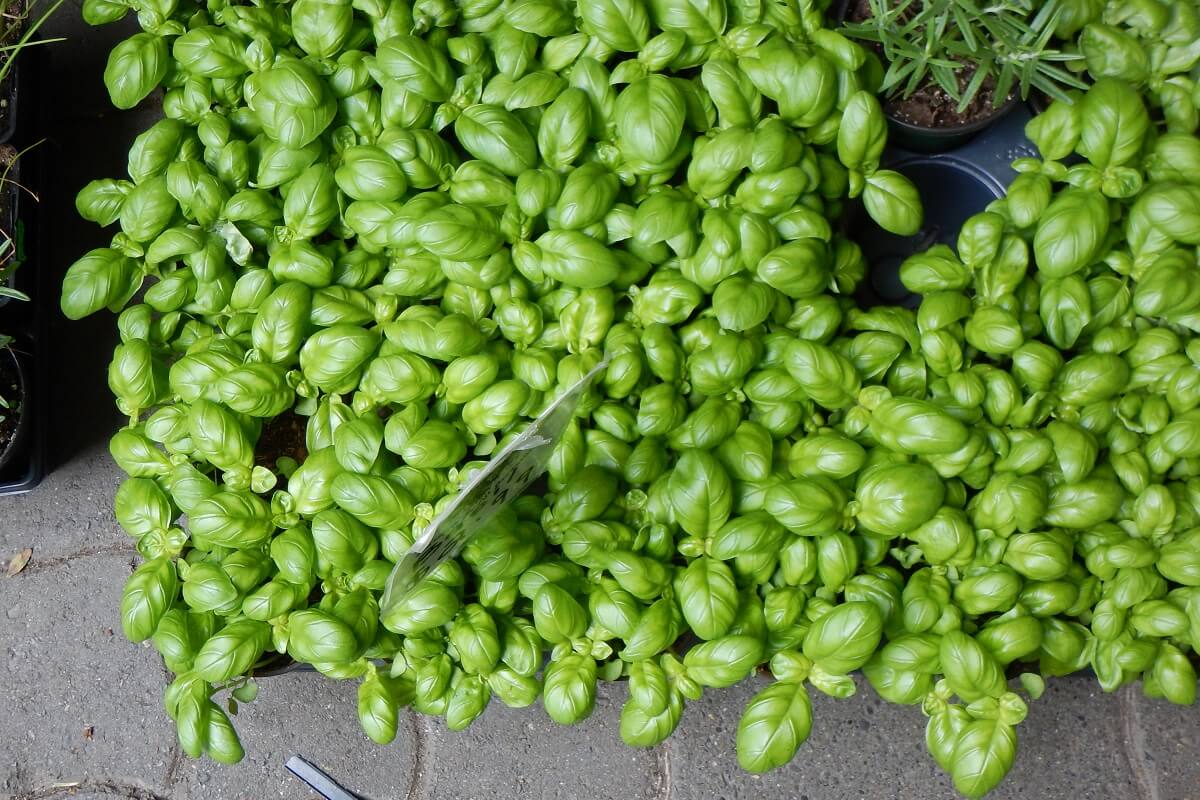
- Soil: Depends on the herb
- Water: Needs vary, there’s a wide selection of annual herbs that are drought tolerant
- Sun: Varies from full sun to shade
Avoid planting perennial herbs in a straw bale garden, but splurge when planting annual ones. Some common annual herbs include basil, parsley, cilantro, and dill. Whatever herbs you choose, make sure they’re ones you frequently use in the kitchen to avoid waste. Most herbs prefer hot weather, but quite a few will bolt if the weather warms too much.
Beans
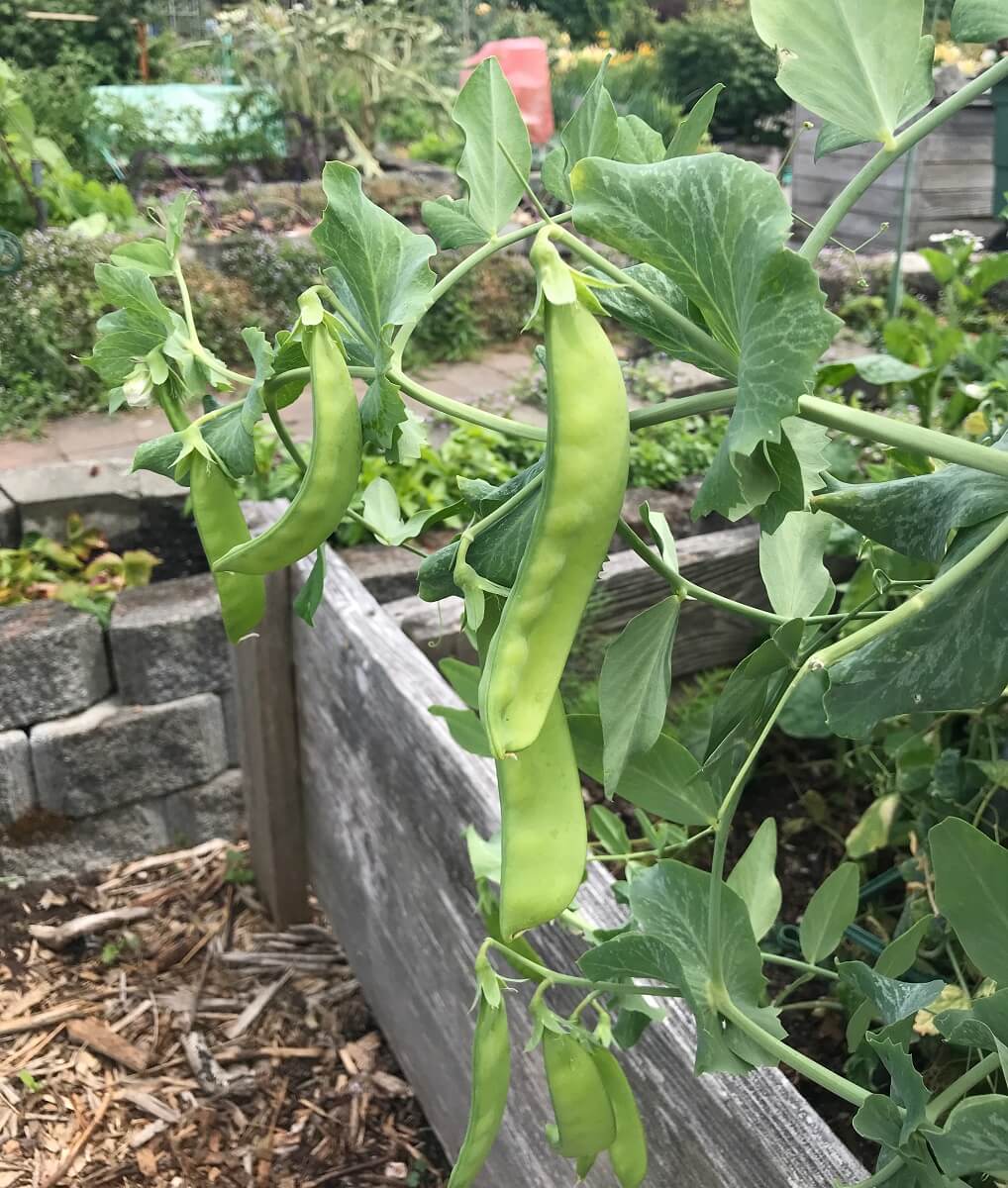
- Soil: Won’t germinate unless the soil is warm, shouldn’t be planted in a waterlogged area
- Water: Water regularly
- Sun: Full sun, but a bit of shade won’t hurt
Avoid climbing beans if you’re planting in a straw bale. Opt for bush beans, instead. Plant a variety of beans so they mature at different times. Beans grow best when the weather is warm.
Annual Flowers
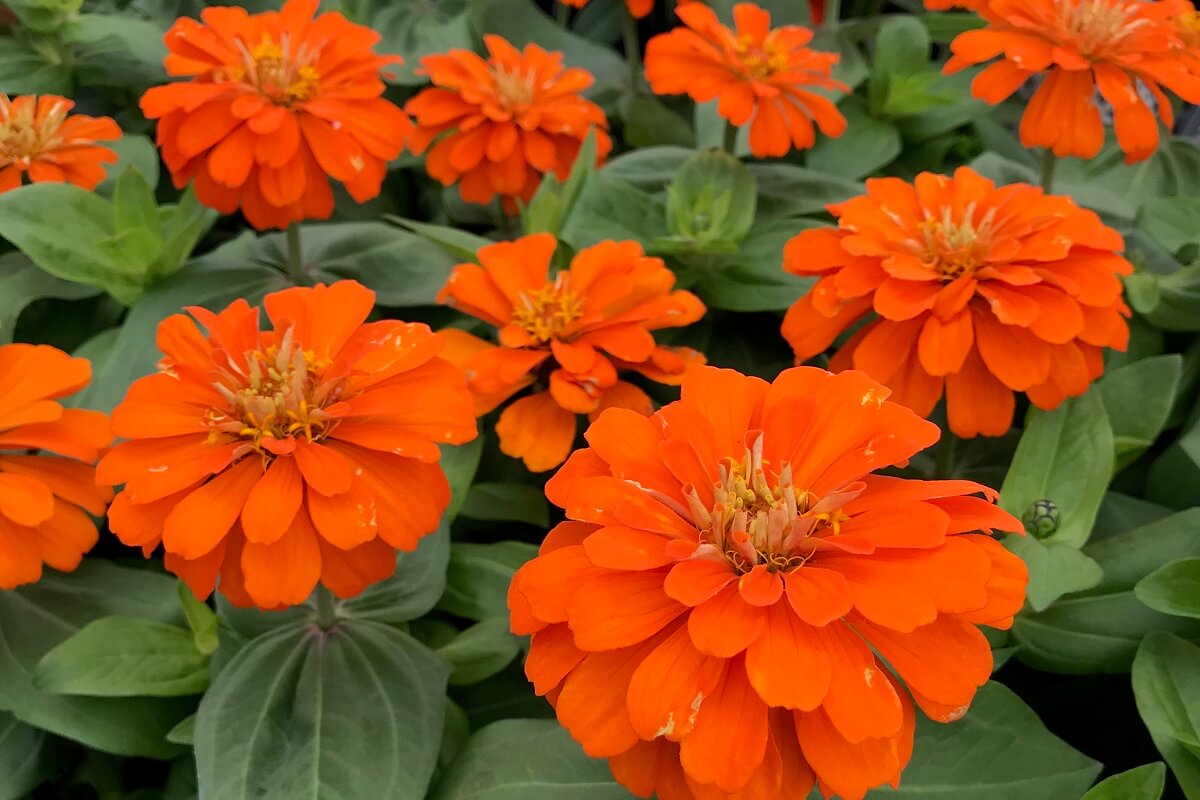
- Soil: Varies
- Water: Depends on the flower
- Sun: Most prefer full sun
Like herbs, I suggest sticking to annual flowers and selecting the ones that will provide you with the biggest bang for your buck. Choose flowers with known pest repelling properties, and plant them close to your prized vegetable plants. Some popular annuals include marigolds, zinnias, impatiens, petunias, begonias, and calendula.
Squash
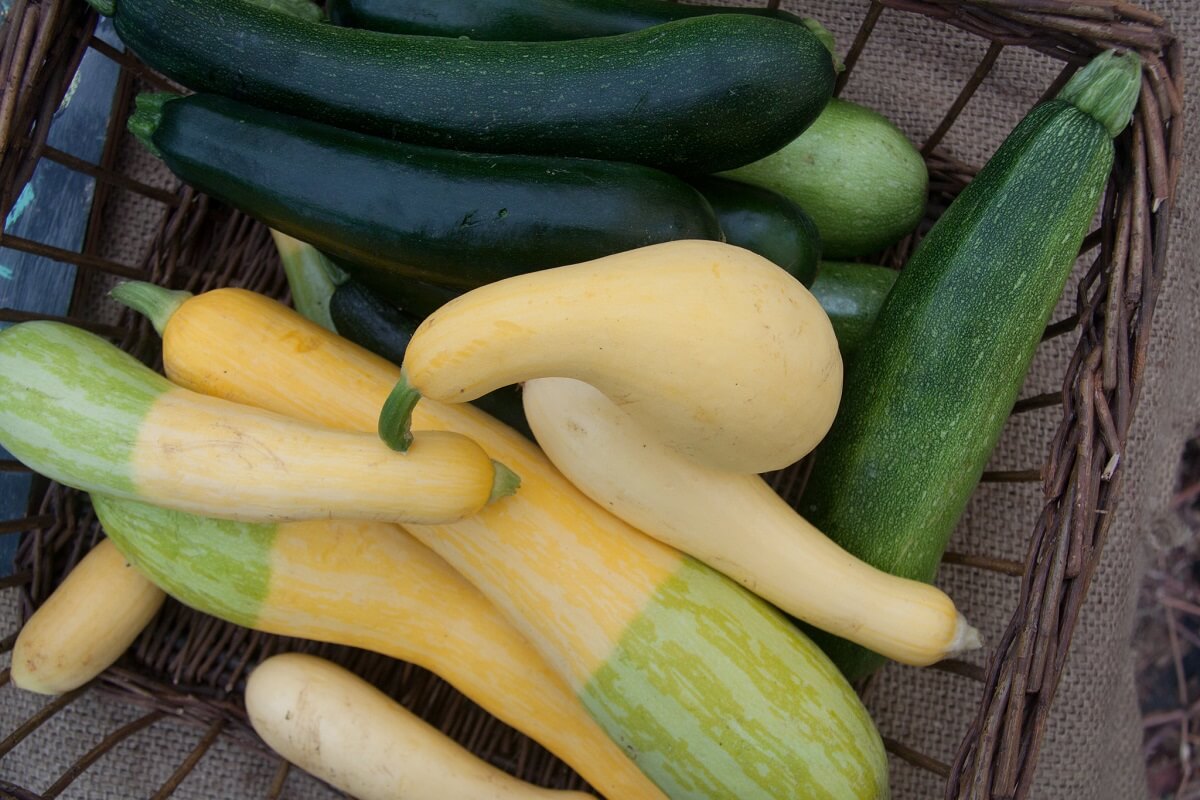
- Soil: Nutrient-rich soil is required for these hungry plants
- Water: Water regularly and evenly
- Sun: Full sun
Opt for bush squash to keep growth contained or allow vining squash to run free. Summer squash grows quickly, and a single plant will provide plenty of food. Winter squash, on the other hand, is a little slower to mature but well worth the wait.
Asian Greens
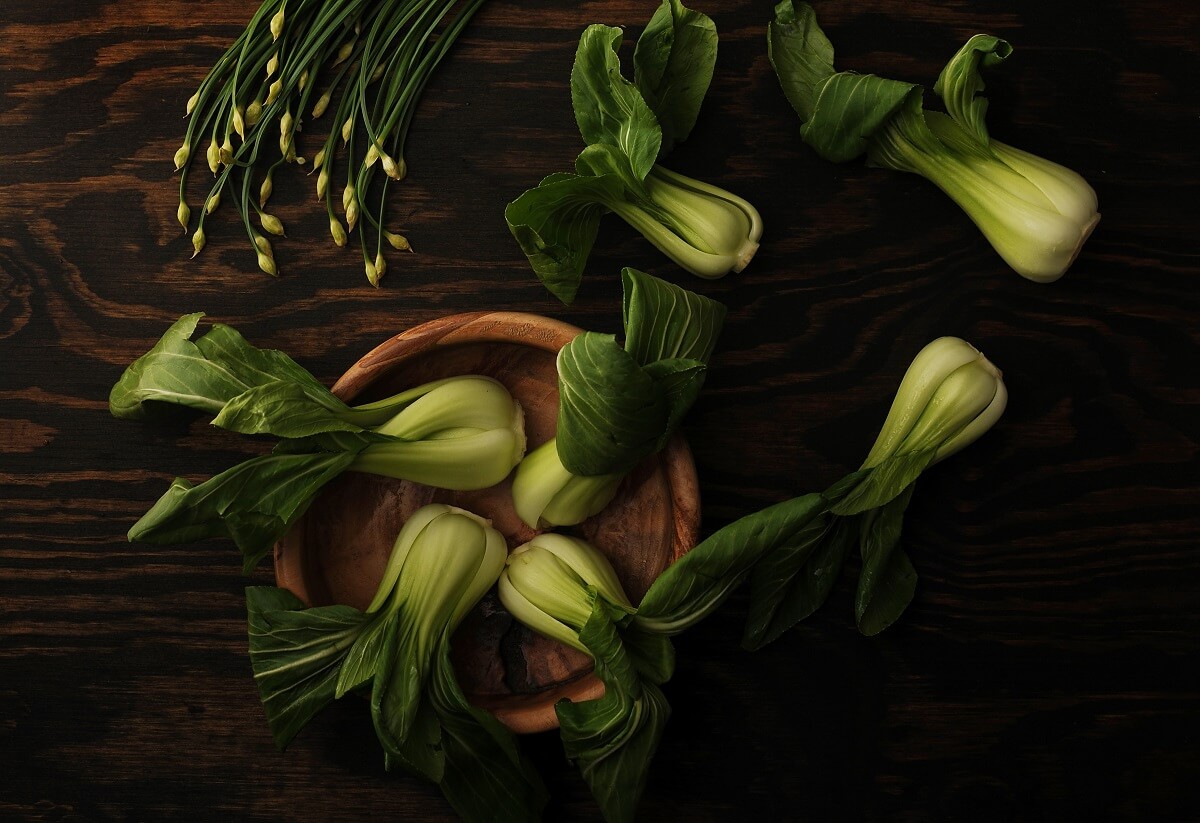
Quick-growing Asian greens are the best choice for a spring or fall harvest in the straw bale garden. Pick varieties that are harvestable at their baby stage for tender, succulent greens to add to stir-fry. Most Asian greens are cool-season vegetables.
- Soil: Well-drained
- Water: Keep well-watered, typically don’t like drought
- Sun: Full sun and partial shade
How To Plant A Straw Bale Garden
Source your bales of straw from local organic farms. You’ll likely spend much less than you would if you were putting together wooden raised beds and filling them entirely with the right soil mix. Because you only need a bit of compost atop your bales, gardening this way is cost-effective.
In a few easy steps, you can be well on your way to gardening using this easy, budget method. Grab a straw bale from a nearby local farm. Make sure it’s not a hay bale, and find an organic option.
Bring it home and decide on a layout for your garden. If you’re experimenting with this method of gardening for the first time, a single bale close to your home will do.
Are you planning an elaborate setup? Make a plan prior to installation because it’ll be tough to drag the bales around once things have started to grow. Place your bales tall side up. Be sure you have enough room to reach your plants.
Add a bit of compost to the planting area (on top of the bales) and moisten the bales with water that contains dissolved fertilizer. Transplant your seedlings or sow seeds as needed according to the time of year and temperature.
For a more in-depth guide to planting your own straw bale garden, check out our guide to straw bale gardening.
Limitations To Straw Bale Gardening
There are some limitations to growing in straw bales, however. These include the need for frequent watering since straw tends to dry out quickly. It’s often best to install a drip irrigation system, especially if you intend to create a large straw bale garden. You’ll also need to invest in fertilizer to provide nutrients to your plants. Straw, after all, doesn’t provide the necessary sustenance for plant life.
As mentioned, you’ll want to avoid growing anything perennial in straw bales since these raised structures are temporary. Choose a more permanent location for perennial edibles, flowers, and shrubs.
It’s also essential to avoid bales of hay (not the same as straw!) as they often contain a lot of weed seed.
And remember, straw bales aren’t a permanent garden option, but they are perfect for temporary gardens or for gardeners interested in experimenting.


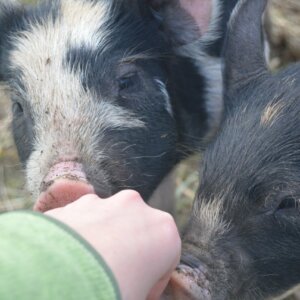

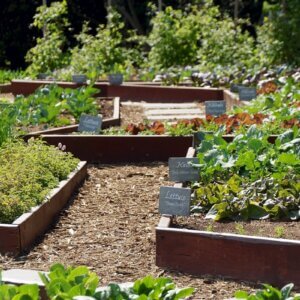


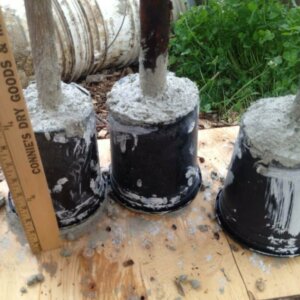
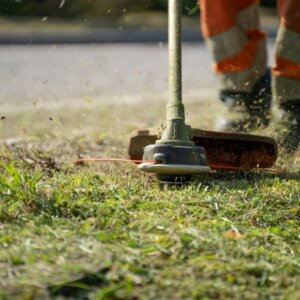
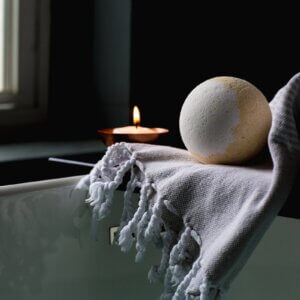

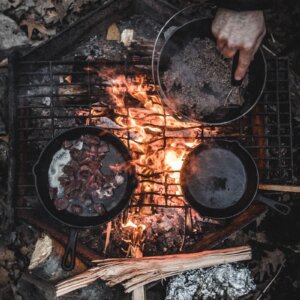

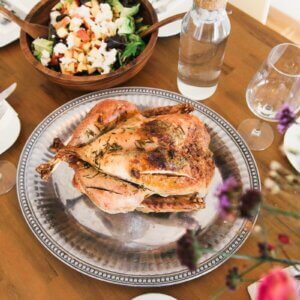
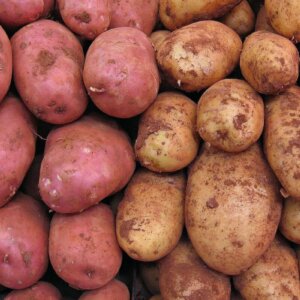

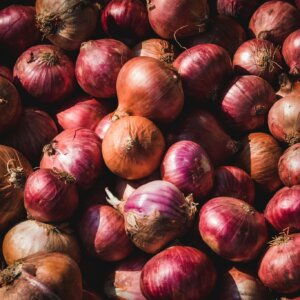
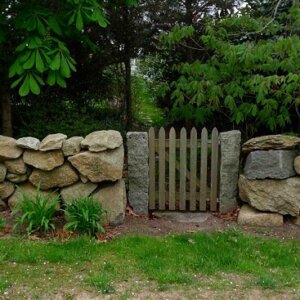
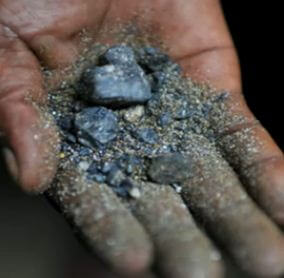
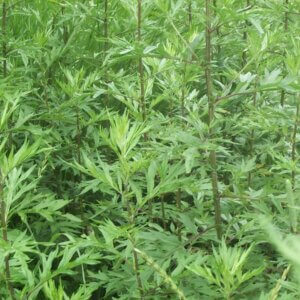
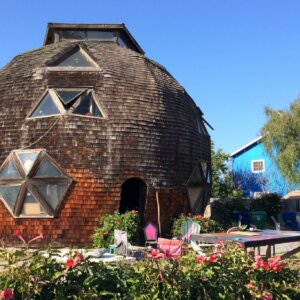

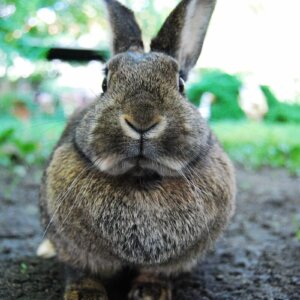
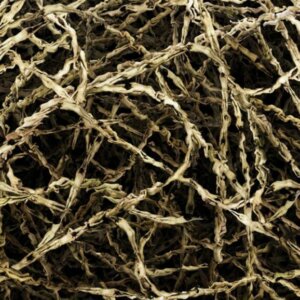

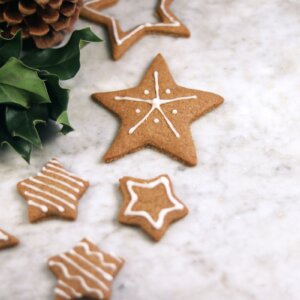
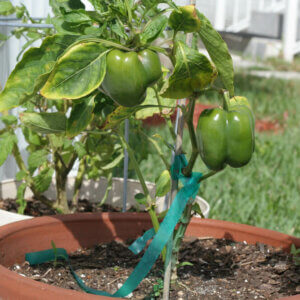
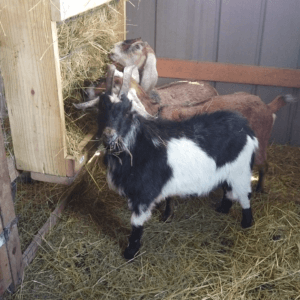
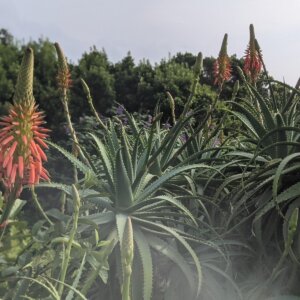

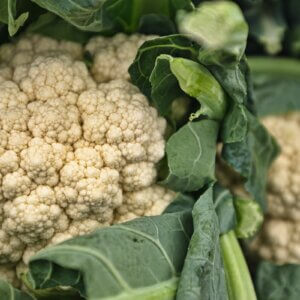
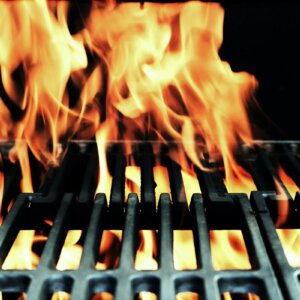

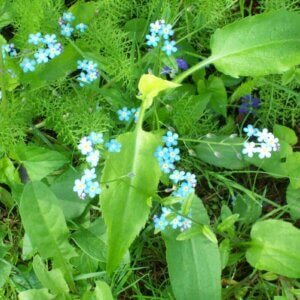

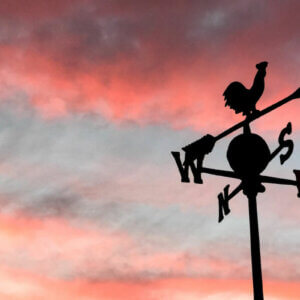

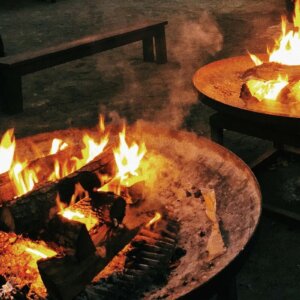
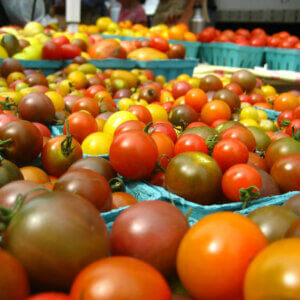
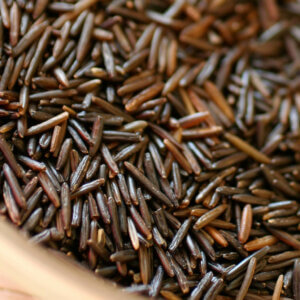
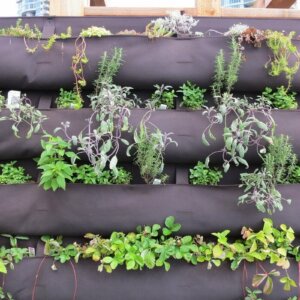

Leave a Reply